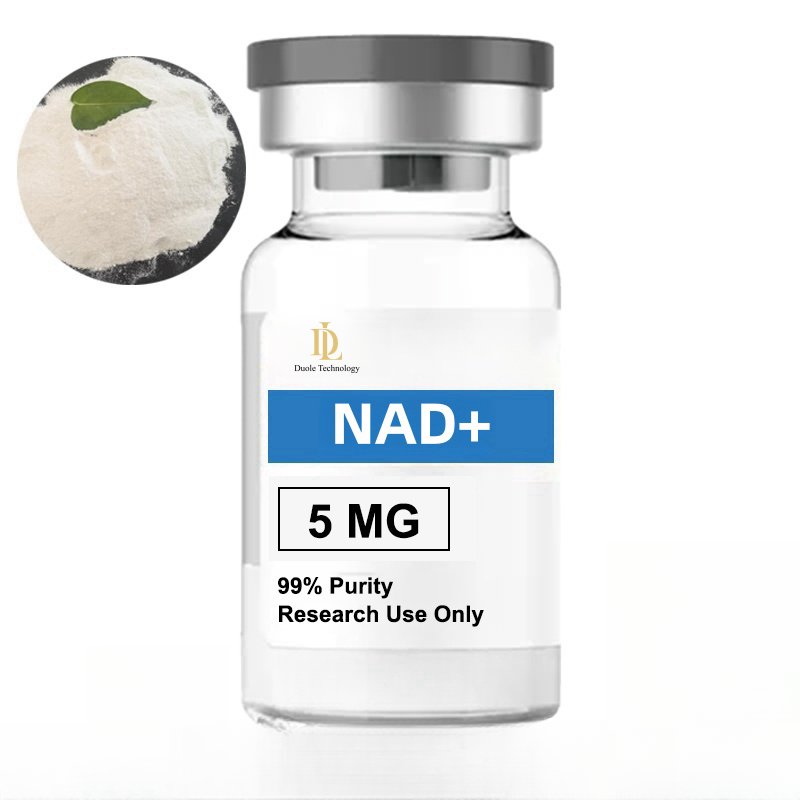-
Categories
-
Pharmaceutical Intermediates
-
Active Pharmaceutical Ingredients
-
Food Additives
- Industrial Coatings
- Agrochemicals
- Dyes and Pigments
- Surfactant
- Flavors and Fragrances
- Chemical Reagents
- Catalyst and Auxiliary
- Natural Products
- Inorganic Chemistry
-
Organic Chemistry
-
Biochemical Engineering
- Analytical Chemistry
-
Cosmetic Ingredient
- Water Treatment Chemical
-
Pharmaceutical Intermediates
Promotion
ECHEMI Mall
Wholesale
Weekly Price
Exhibition
News
-
Trade Service
Fermentation tanks refer to devices used in industry for microbial fermentation
.
Its main body is generally a main cylinder made of stainless steel plate, with a volume of 1m³ to hundreds of m³
.
In the design and processing, attention should be paid to the tight and reasonable
structure.
Steam resistant, operable elasticity, minimal internal attachments (avoiding dead ends), high material and energy transfer properties, and adjustable for easy cleaning, reduced contamination, suitable for the production of a wide range of products and reduced energy consumption
.
The structure of the fermenter for agassing fermentation (e.
g.
production of alcohol, solvents) can be simpler
.
Fermentation tanks for good gas fermentation (such as the production of amino acids, organic acids, vitamins, etc.
) need to continuously enter a large amount of sterile air into the tank, and consider the utilization rate of the air into the tank, so the fermentation tank structure is more complex, commonly used are mechanical stirring fermentation tanks, bubbling fermentation tanks and gas lift fermentation tanks
.
Fermentation tanks are widely used in beverages, chemicals, food, dairy, condiments, winemaking and other industries, playing a fermentation role
.
The components of the fermentation tank include: the tank is mainly used to cultivate fermentation of various bacteria, the sealing is good (to prevent the bacteria from being contaminated), and there is a stirring pulp in the tank for continuous stirring in the fermentation process; The bottom has a ventilated Sparger, which is used to access the air or oxygen needed for the growth of the bacteria, and there is a control sensor on the top plate of the tank, commonly used with pH electrodes and DO electrodes to monitor the changes in the pH and DO of the fermentation liquid during fermentation; Controllers are used to display and control fermentation conditions
.
According to the equipment of the fermentation tank, it is divided into mechanical stirring ventilation fermentation tank and non-mechanical stirring ventilation fermentation tank; According to the growth and metabolism of microorganisms, it is divided into good gas fermentation tanks and anaerobic fermentation tanks
.







